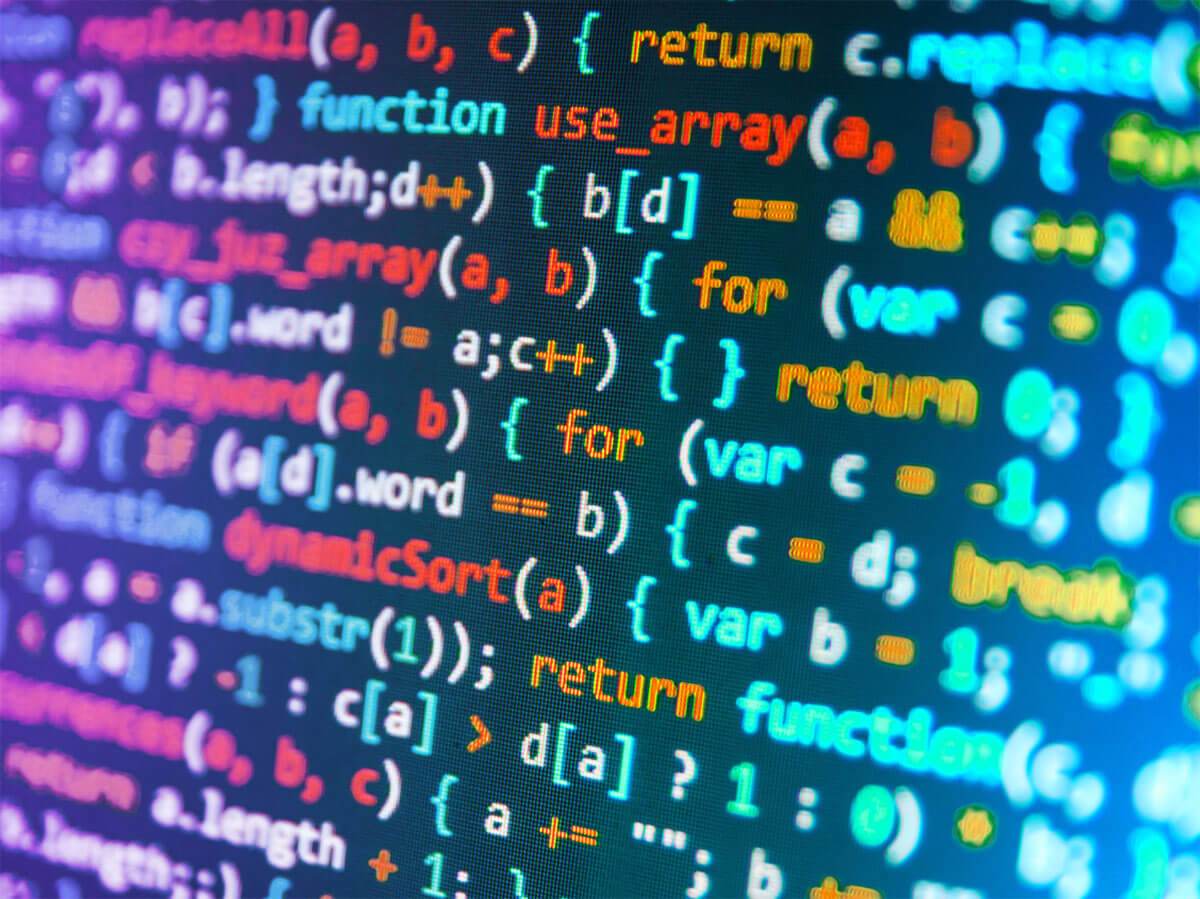What is Laravel?
Learn everything you need to know about Laravel, and what it is used for from the developers at Propel Tech. Explore why it is still so popular today.
Laravel is a free and open-source server-side PHP web framework used mainly for web development applications. It follows the model-view-controller (MVC) architectural pattern and is based on Symfony.
The widespread popularity of Laravel can be attributed to its practical built-in features such as the Artisan command-line interface (CLI), native authentication, and a model-view-controller (MVC) architecture.
In this guide from the expert developers at Propel Tech, we provide a comprehensive overview of what Laravel is. From its fundamental aspects, features, advantages, and different applications to building full-stack web applications and APIs. Learn more about why Laravel is considered the best PHP framework.
Table of Contents
- What is Laravel?
- Understanding Laravel
- What is Laravel used for?
- How does Laravel work?
- Benefits and Advantages of Using Laravel
- Final thoughts on Laravel
- Laravel Development at Propel Tech
Understanding Laravel

Laravel was developed by Taylor Otwell in 2011 as a more advanced alternative to the CodeIgniter framework, which did not provide certain features such as built-in support for user authentication and authorisation. Free to use, it has more than 70,000 stars on GitHub.
Laravel is an open-source PHP-based back-end framework used for web development and building modern PHP web applications. The source code of Laravel is hosted on GitHub and is a good choice as an easy-to-use framework for building modern web applications at scale.
In the beginning, Laravel didn’t get much attention. It wasn’t until the release of Laravel 3 in 2012 when including new features like the Artisan command-line interface (CLI), that the framework began garnering popularity.
Laravel is PHP at its core and, unlike CMS like WordPress or Joomla, it gives developers full control over web applications. All tasks are executive through code as Laravel is a framework used to build apps, including CMS platforms.
What is Laravel used for?
Laravel, “the PHP Framework for Web Artisans” is a user-friendly web framework designed to create scalable PHP-based websites and web applications.
It particularly excels by offering a full-stack web framework with the possibility of pairing its ecosystem with Livewire, React, or Vue.
Web Application Development
Laravel is widely used to build dynamic and feature-rich web applications. It also provides developers with powerful tools such as routing, data modelling, and caching. In addition, Laravel offers robust security, scalability, and extensibility, making it an ideal choice for web applications.
API Development
Laravel facilitates the development of robust APIs (Application Programming Interfaces) for communication between different software applications.
Task Automation
The Artisan command-line interface in Laravel enables developers to automate common development tasks. This simplifies the development process and allows it to be done faster and more efficiently. Laravel also provides support for TDD (Test-Driven Development), which helps to ensure applications meet the desired requirements.
Authentication and Authorisation
Laravel provides built-in features for user authentication and authorisation, enhancing the security of web applications. Laravel also allows users to easily create and manage roles, permissions, and authentication policies.
How Laravel works in tandem with PHP

Laravel is the most used PHP framework and its library of applications is vast with both official Laravel packages and third-party packages available. These include authentication, server management, subscription billing, and more.
Laravel responds to requests from users, which the controller uses to retrieve and process data from the model and present information back to the user in a view. Requests enter Laravel applications via the public/index.php file, which loads the rest of the framework and retrieves an instance of the Laravel application. After retrieval of the application instance, the request is routed to the console kernel or HTTP kernel.
Routing
Laravel uses a powerful routing system that maps HTTP requests to controller actions, allowing for clean and expressive URL structures.
Blade Templating Engine
Laravel employs the Blade templating engine, providing a lightweight yet powerful syntax for writing views. Blade templates are compiled into plain PHP code for efficient execution.
Ecosystem and Packages
Laravel benefits from a vast library of packages with web applications designed to run on different environments. For example, Socialite offers a simple and easy way to handle OAuth authentication and login via some of the most popular social networks, including Facebook, X, and GitHub.
What is OAuth and how does it work?
OAuth, which is pronounced "oh-auth," enables an end user's account information to be used by third-party services, such as Facebook and Google, without exposing the user's account credentials to the third party.
Middleware and HTTP Kernel
Laravel's HTTP Kernel and middleware enable the processing of HTTP requests. Middleware allows developers to filter and modify HTTP requests entering the application.
Dependency Injection and IoC Container
Laravel uses a powerful Inversion of Control (IoC) container and supports dependency injection, making it easy to manage class dependencies and promote code flexibility.
Testing Support
Laravel facilitates unit testing with PHPUnit. The framework is designed with testing in mind, making it easier for developers to write and execute tests for their applications.
Built-in Development Server
Laravel includes a built-in development server that you can use to serve your application locally. This workspace allows developers to make changes to a web application without breaking the production deployment.
Benefits and advantages of Laravel
Eloquent ORM (Object-Relational Mapping)
Eloquent ORM (Object-Relational Mapping) is a sophisticated PHP implementation of the active record pattern. It offers internal methods to enforce constraints on relationships between database objects. Following the active record pattern, Eloquent ORM represents database tables as classes, associating their object instances with individual rows in the table.
Modular architecture
Laravel incorporates a modular packaging system with built-in dependency management. This allows developers to seamlessly integrate additional functionalities into the Laravel app without the need to write them from scratch. It’s possible to create packages for frequently used code or install ready-to-use packages through Composer.
Artisan-command line interface
Artisan serves as the command-line interface bundled with Laravel, offering a variety of useful commands during application development. Powered by the Symfony Console component, Artisan streamlines various tasks and covers a range of functionalities including database migrations, seeding, running schedule tasks, and more.
MVC (Model-View-Controller) Design Pattern
The MVC pattern divides an application into three interconnected components: the model, the view, and the controller. Model - The Model represents the data and the business logic of the application. In Laravel, models typically interact with the database, representing tables and managing data retrieval, storage, and manipulation. View - The View is responsible for presenting the data to the user. In Laravel, views are often written in Blade templating language and handle the presentation logic. They receive data from the controller and display it to the user. Controller - The Controller acts as an intermediary between the Model and the View. It receives user input, processes it using the Model, and then sends the updated data to the View for presentation. In Laravel, controllers are responsible for handling HTTP requests, managing the flow of data, and coordinating the interaction between the Model and the View.
Expressive and elegant syntax
The expressive syntax is one of the reasons why Laravel is known for its developer-friendly approach, allowing developers to write code that is both elegant and functional. In their own words, they “love clean code” which can save time and effort in the long run and can deliver high-quality, scalable and reliable applications faster and more efficiently.
Final thoughts: what is Laravel?
Laravel, a powerful PHP web application framework. It excels in facilitating efficient and streamlined web development. This framework provides a unified platform for crafting high-quality web applications thanks to its ability to harness PHP's capabilities while providing a structured and expressive syntax.
Laravel's commitment to simplicity and readability is evident in its expressive syntax and the use of the Blade templating engine. This allows developers to focus on innovation rather than getting bogged down by complex coding structures. Moreover, Laravel's vibrant community support adds to its appeal, providing resources and assistance for developers navigating the intricacies of web application development.
Looking ahead, Laravel emerges as a robust PHP framework widely used in web development and continues to be popular for building modern and scalable web applications.
Laravel development at Propel Tech

Interested in developing a new Laravel system?
We are a leading Laravel development company and we have extended the Laravel framework with our own packages, which are now used on several large-scale projects. We ensure a seamless development process that transforms your project plans into a reality.
Work with Propel Tech for software development and explore how Laravel can benefit your business, alongside our wide range of technologies stacks.
FAQs
Are PHP and Laravel the same?
PHP is a server-side scripting language used for web development. Laravel is a PHP framework that provides several features that can make web development easier and faster. Is built on top of PHP and introduces its syntax and structures to simplify tasks, such as routing, database access and templating.
Is Laravel a frontend or backend framework?
Laravel is primarily a backend framework used to build the server-side logic and handle the backend aspects of web applications. It works in conjunction with front-end technologies to create full-stack web applications. For the front end leveraging PHP or using JavaScript frameworks such as Vue and React can be used to tackle frontend development when building an application with Laravel.
Is Laravel a programming language?
Laravel is not a programming language. Its a web application framework written in PHP. PHP (Hypertext Preprocessor) is the programming language that Laravel is built upon. It provides a set of tools and structures to simplify and expedite the development of web applications using PHP.

Your partners in possibilities
As experts across existing and new technologies, we don’t simply solve software problems, we find solutions that help manage change so that your business thrives and grows.
We’re eager to hear about your project goals and turn them into reality. Get a free consultation to make tech possible.
Brief us